Soft-Geometry's San Francisco studio provides the perfect place to work, rest and play
Indian-American design duo Soft-Geometry keeps shop, and house, in a converted San Francisco warehouse where they developed the Molecule collection, launching at New York Design Week 2024
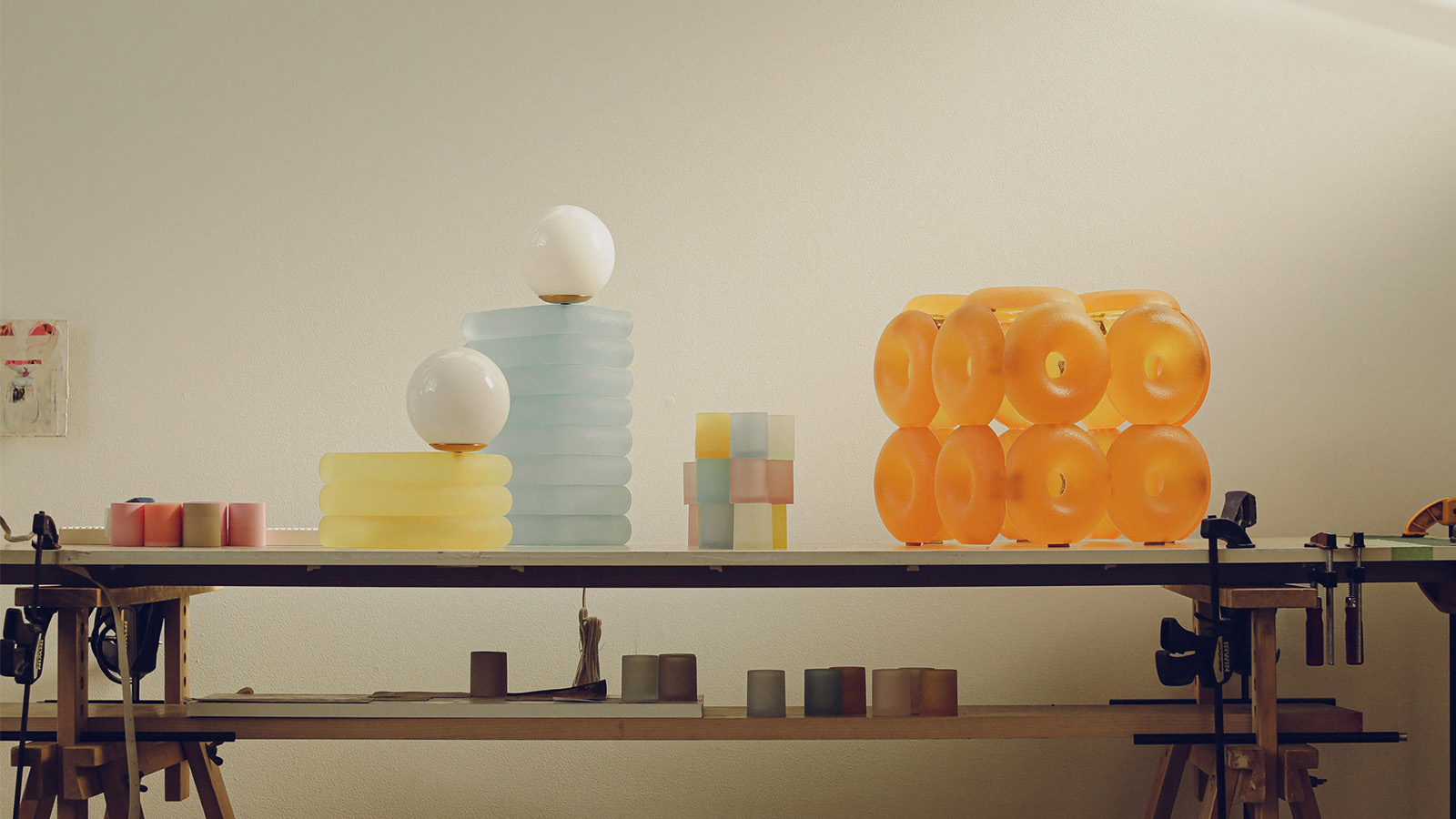
For life and creative partners Palaash Chaudhary and Utharaa Zacharias, the force behind Soft-Geometry (who appeared in the USA 300 list), a career-defining quest to infuse objects with ‘softness’ is as much a reflection of cross-cultural influence as it is place. Splitting time between their native India and adoptive United States, the duo live and work in a converted 1920s warehouse in San Francisco’s SoMa neighbourhood.
‘The studio is part of our home, so we have to be soft with how we treat it,’ says Zacharias. ‘And our home is part of the studio, so we can’t be too precious about it either. We have a photo by German artist Ole Witt of an Indian lawyer who set up his office on a scooter, and I think our space embodies that spirit. It’s a reminder of how much you can do with a little.’
Tour Soft-Geometry's San Francisco studio
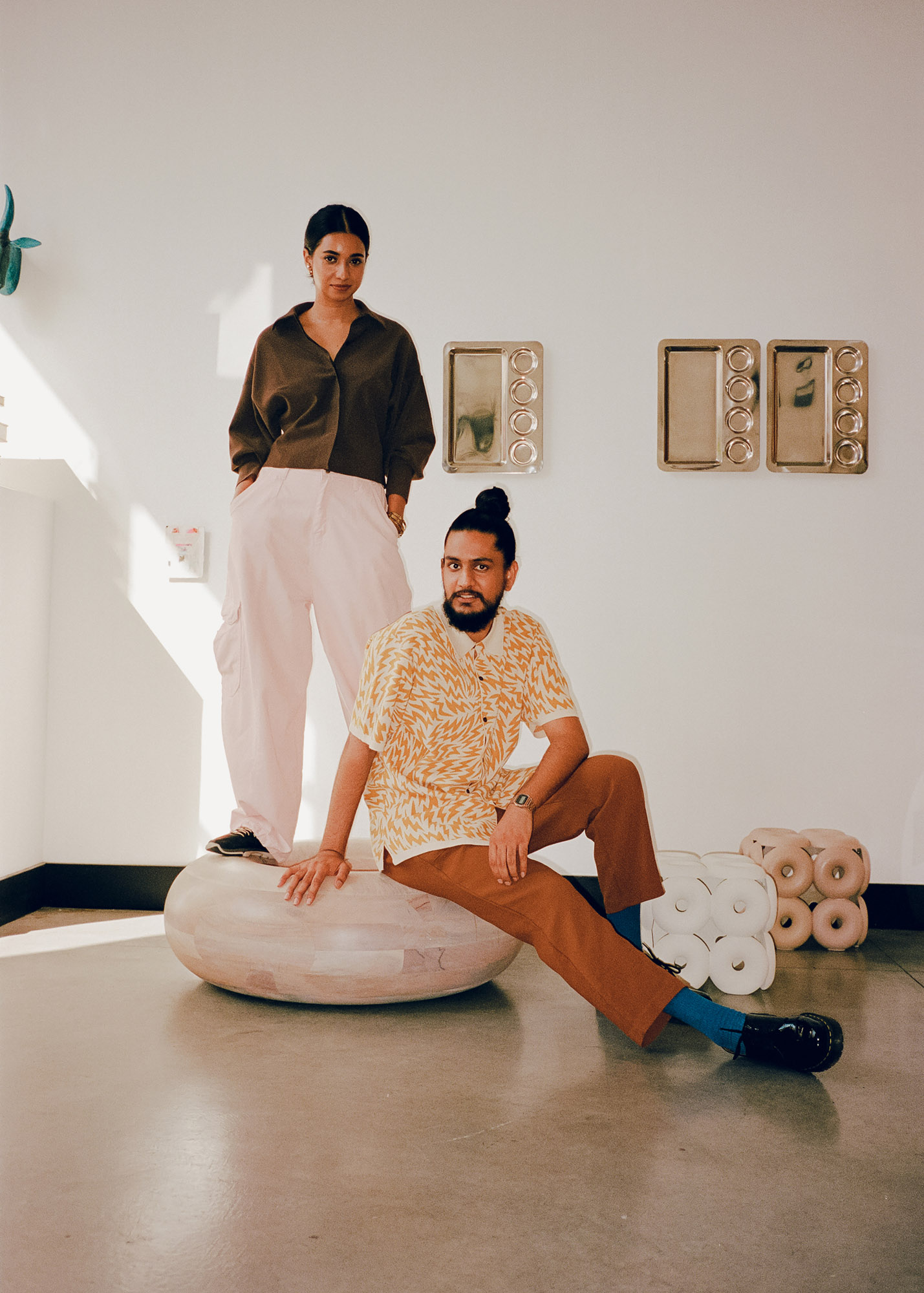
Utharaa Zacharias and Palaash Chaudhary in their San Francisco studio
Because of this spatial dynamic, there’s flexibility not only in experimenting with the shape and material properties of a new concept, but also in getting a sense of how these designs can be lived with. Having set up shop here two and half years ago, Chaudhary and Zacharias have developed collections such as the ‘Elio’ lamp and ‘Donut’ table.
At this year’s New York Design Week, the studio launches ‘Molecule’, a modular element with both solid and transparent characteristics that can be used as a support or function as a standalone object. The design was inspired by the practice of handmaking the intricately-patterned Athangudi tiles that have clad homes in the south Indian region of Chettinad for more than a century. Each ‘Molecule’ component is cast in resin and moulded by hand to form mortise and tenon joints. As with many of Soft-Geometry’s undertakings, there’s an intriguing tension between the use of contemporary industrial processes and age-old craft traditions.
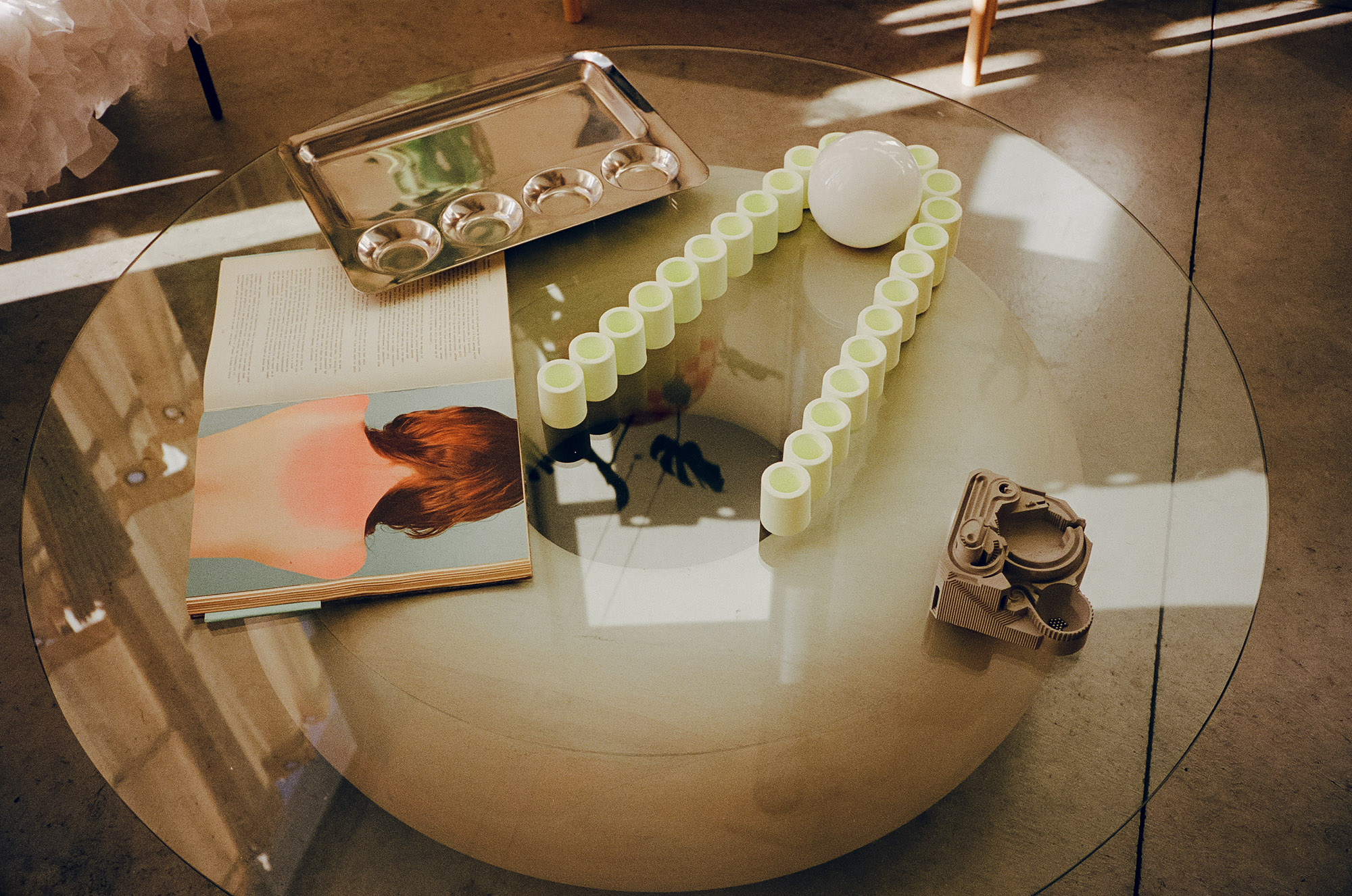
Soft-Geometry’s ‘Donut’ table and ‘Mirrors for Aliens’ mirror, alongside books, materials and prototypes
‘Over the last nine months, our space has served as the testing ground for this delicate and complex process, guided as much by intuition as the technique that constructs them,’ says Chaudhary. ‘It feels as though our studio has once again expanded and transformed to make way for this collection. Each unit has been cast, lined up, assembled and clamped one by one slowly over the months. It has been rewarding to see our studio slowly be inhabited with the colourful architecture of ‘Molecule’, reminiscent of those in our hometowns.’ While he hails from Ghaziabad, just outside New Delhi, Zacharias is from Kochi.
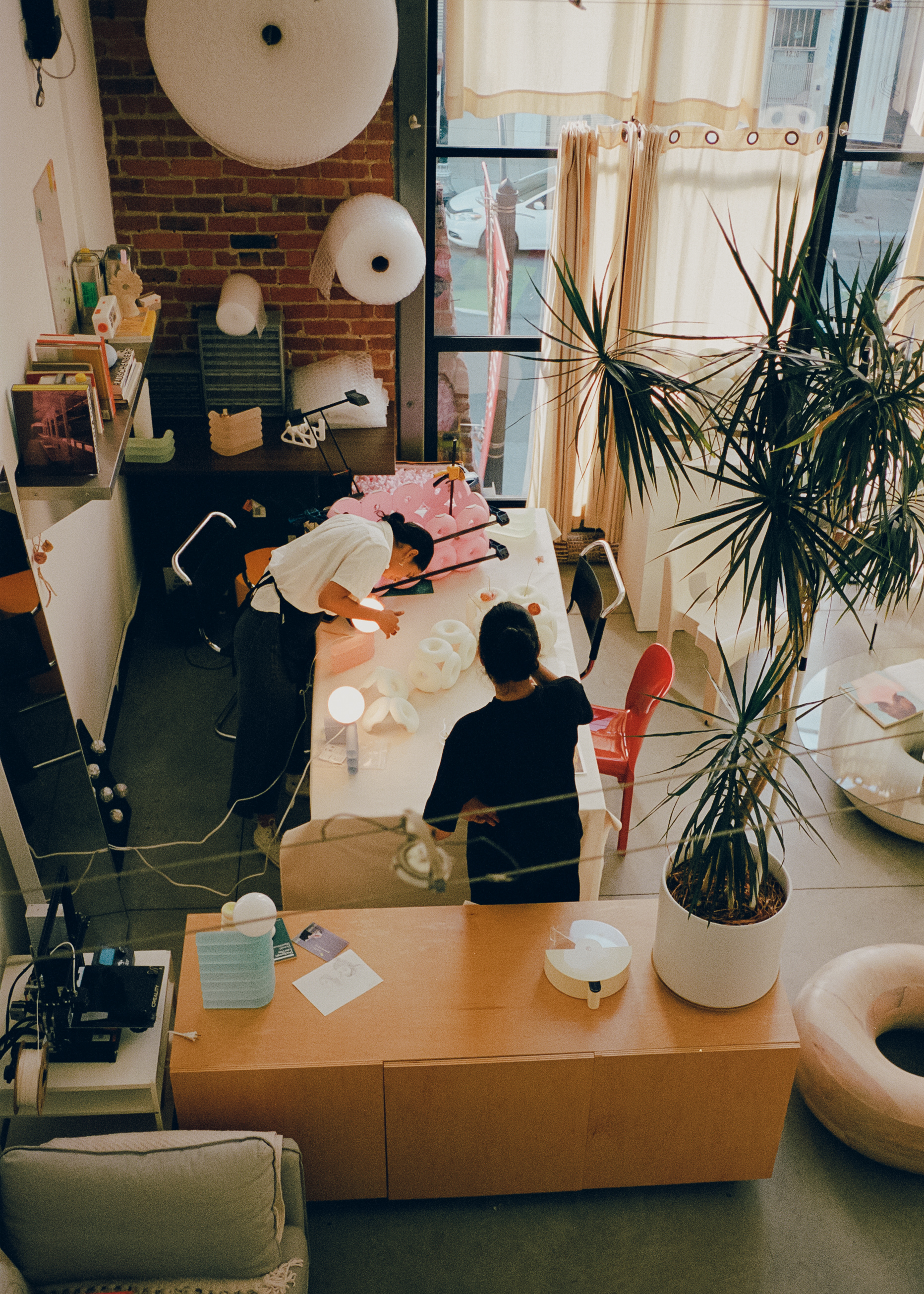
One of the space’s best attributes is its large double-height windows that flood the interior with sunlight. ‘Golden light comes in during the evening and makes everything feel beautiful,’ says Zacharias. ‘It really begs for us to be creating. The window’s shadow moving along the wall has predictably become our favourite shoot backdrop.’
Along with zones with workbenches, supply storage and a packaging corner, the space also transforms into a photography studio from time to time. The lower levelis loosely organised as a workshop that changes based on the task at hand, and most of the furniture and equipment has been retrofitted with wheels so that the duo can quickly turn the studio into a dining room or entertainment space for games nights with friends. ‘The floors are concrete and can take it,’ adds Zacharias.
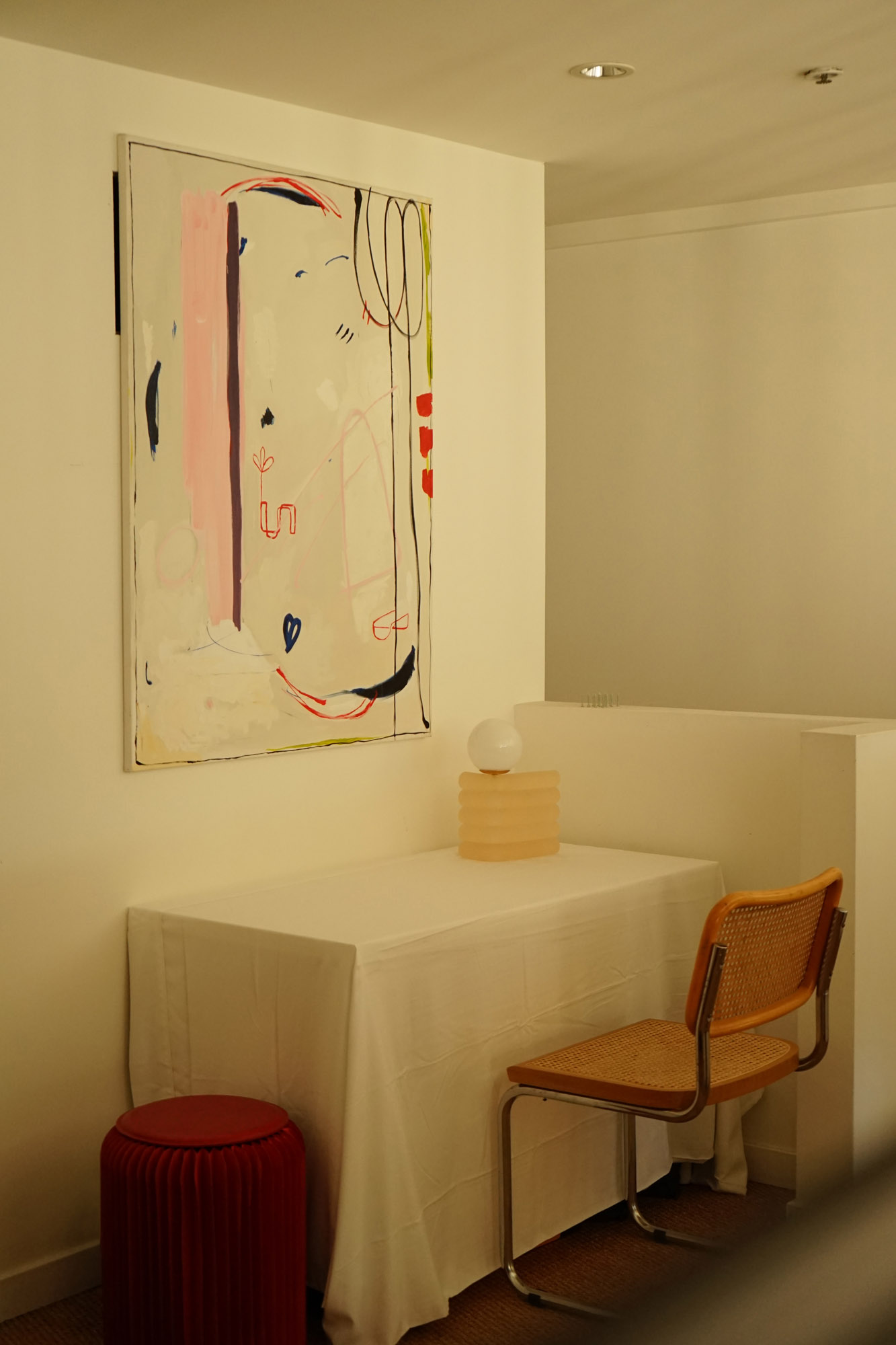
An ‘Elio’ lamp, by Soft-Geometry, alongside a ‘Cesca’ chair by Marcel Breuer, in a corner of the studio
Photography: Soft-Geometry
Meanwhile, the upper floor is allocated as the duo’s bedroom. Though mostly untouched by the activity below, even this room is sometimes used for photo shoots. ‘It’s our favourite spot to photograph a bird’s-eye view of the studio,’ says Zacharias.
Wallpaper* Newsletter
Receive our daily digest of inspiration, escapism and design stories from around the world direct to your inbox.
The benefit of operating in a live-work space – especially when one builds furniture and objects for the home – is that they get to live with what they produce. Scattered among the prototypes and material samples are items that the pair have collected over the years, including red fibreglass armchairs designed by Vico Magistretti for Artemide and glassware by Agustina Bottoni.
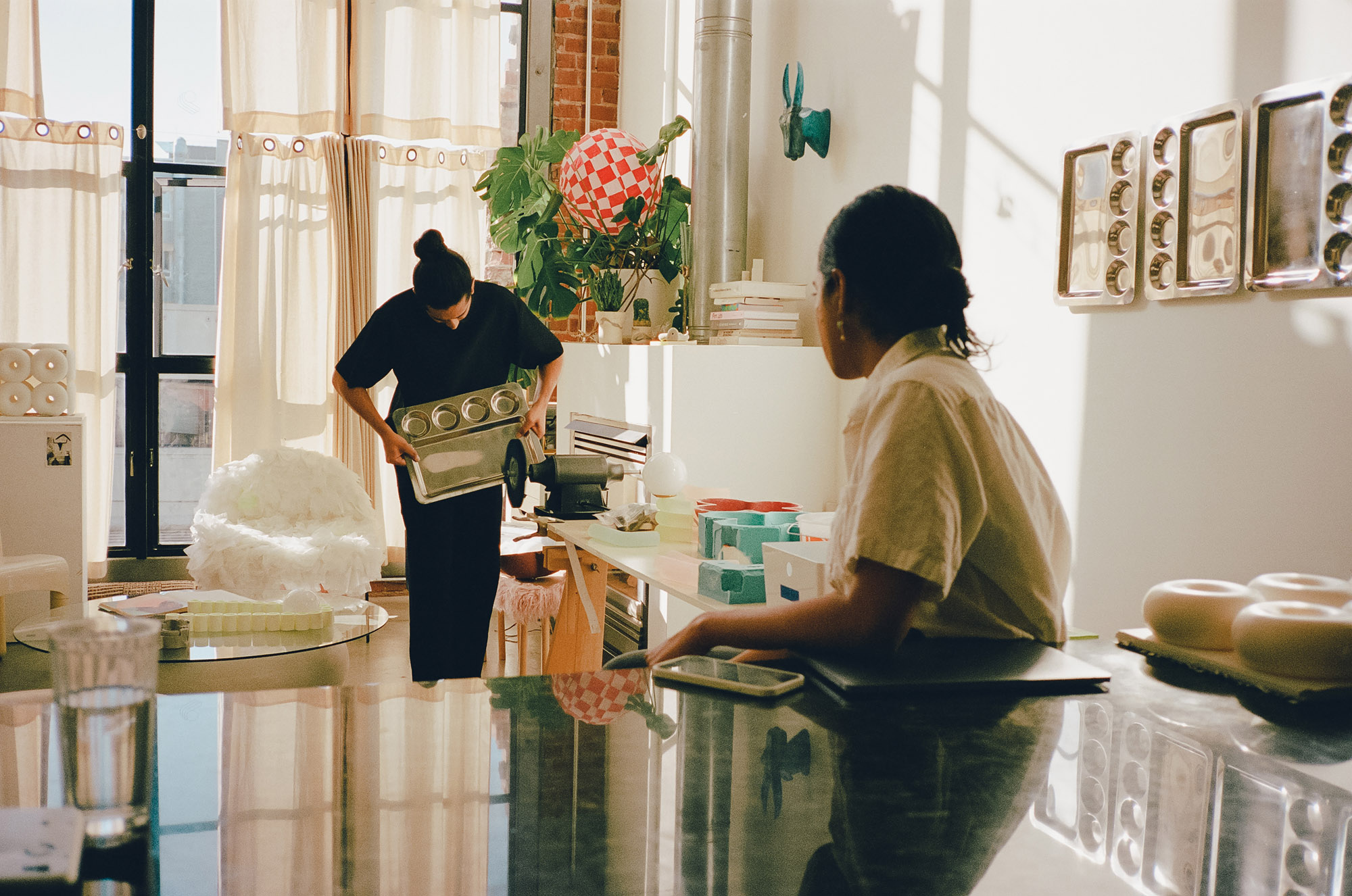
‘Our practice is rooted in softness and the sentimentality of objects,’ says Chaudhary. The duo aim to stretch the limits of what everyday objects can do. ‘It can be poetic, sometimes chaotic, and deeply personal.’
This approach was put to the test last year when they had to go through the arduous process of gaining green cards to become US residents. A set of scratched-up steel thali plates, originally sourced in India, and their determination to revive them in a new way, provided them with a sense of catharsis. ‘Every day, emotionally drained from writing pages and pages for the application, we would sand these plates for hours, then check if we could see our reflections,’ says Zacharias. ‘It gave us a way to reflect on our Indianness, our alienness, and the impermanence that comes with living on visas.’
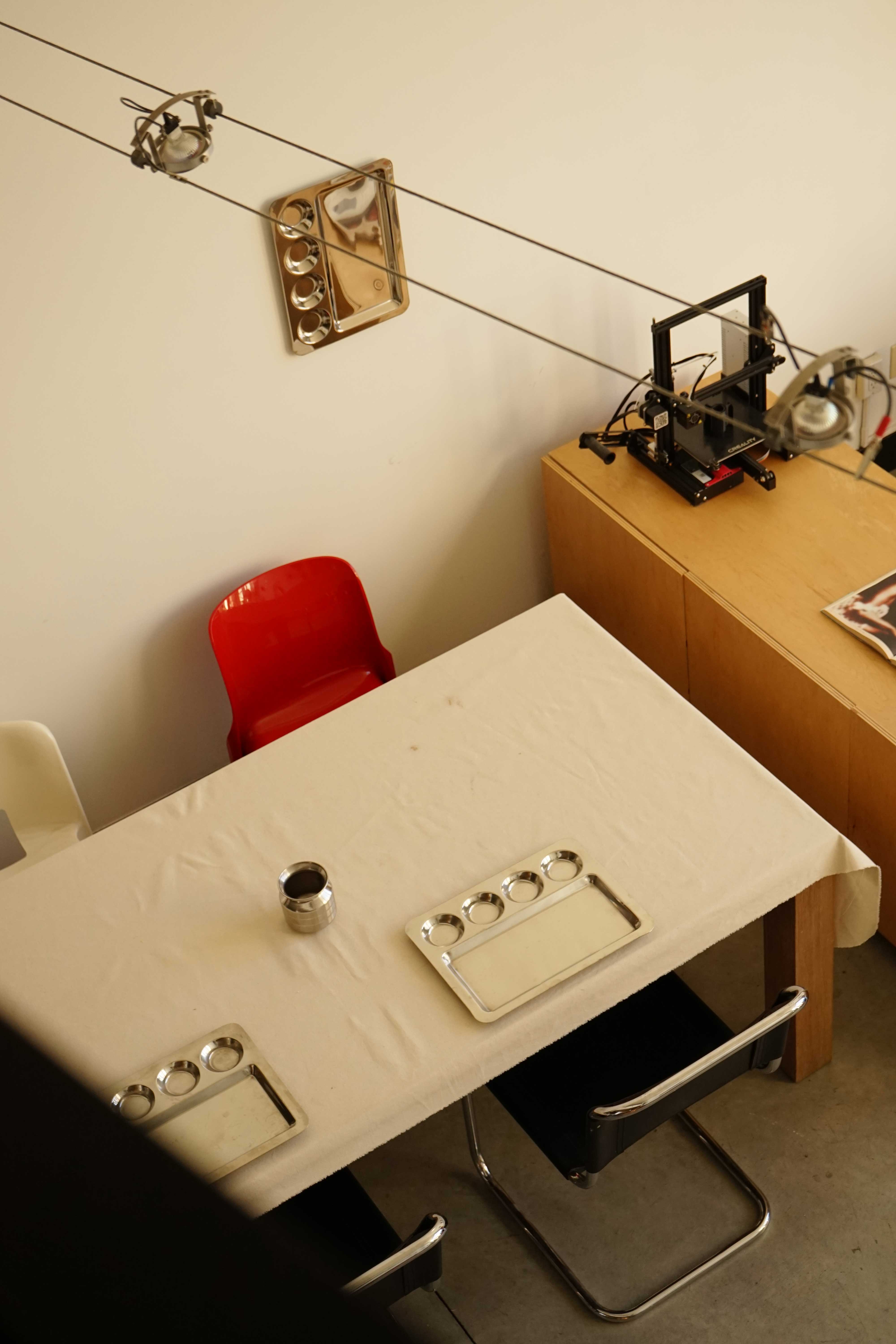
The resulting ‘Mirrors for Aliens’ series was exhibited at NYCxDesign 2023, garnering a lot of attention. The designs will also be shown by gallery Superhouse during New York Design Week 2024, and the prototype was recently acquiredby the San Francisco Museum of Modern Art (SFMoMA). ‘It all feels very full circle, and would have been impossible without everything this space has transformedinto for us,’ concludes Zacharias.
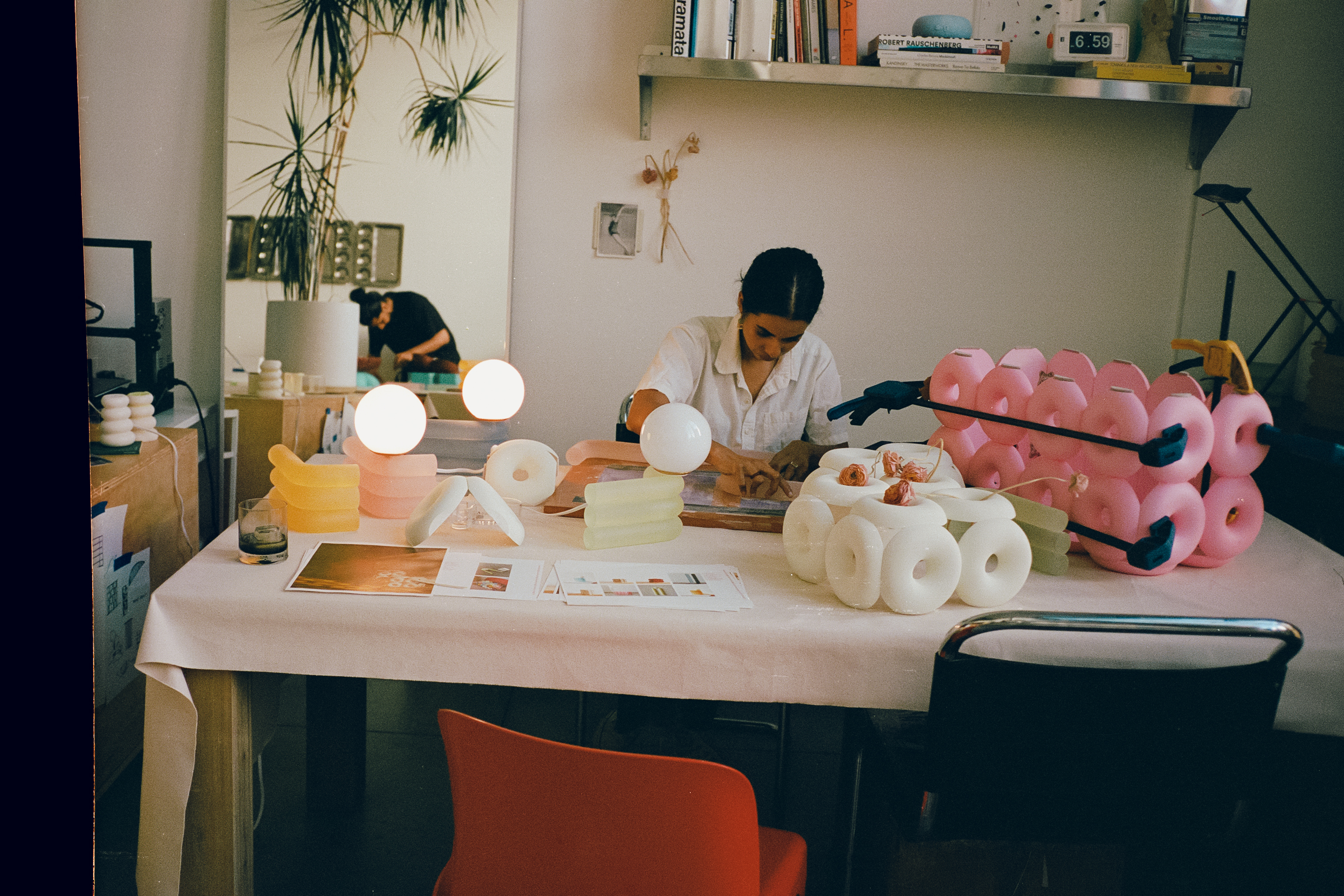
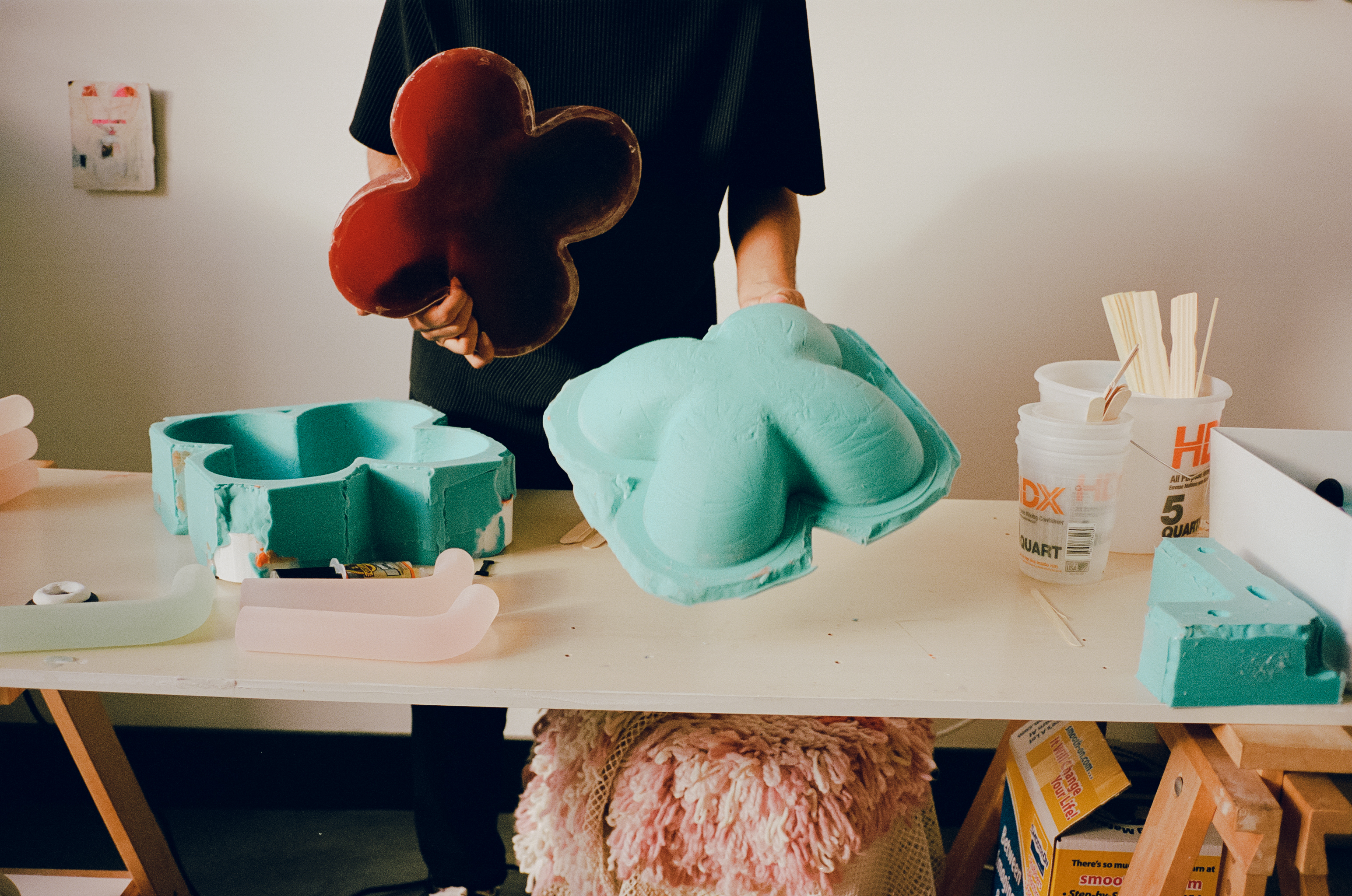
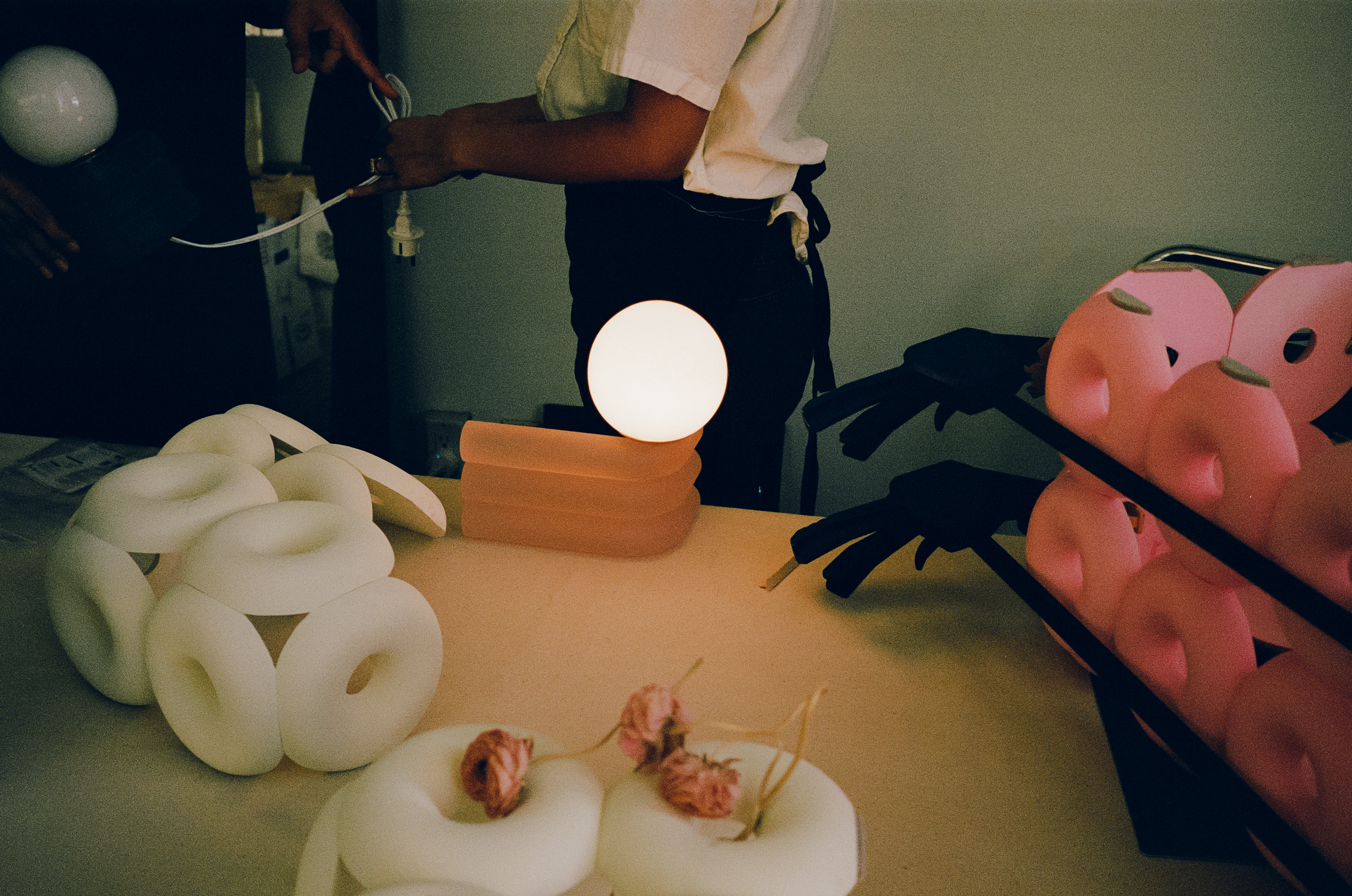
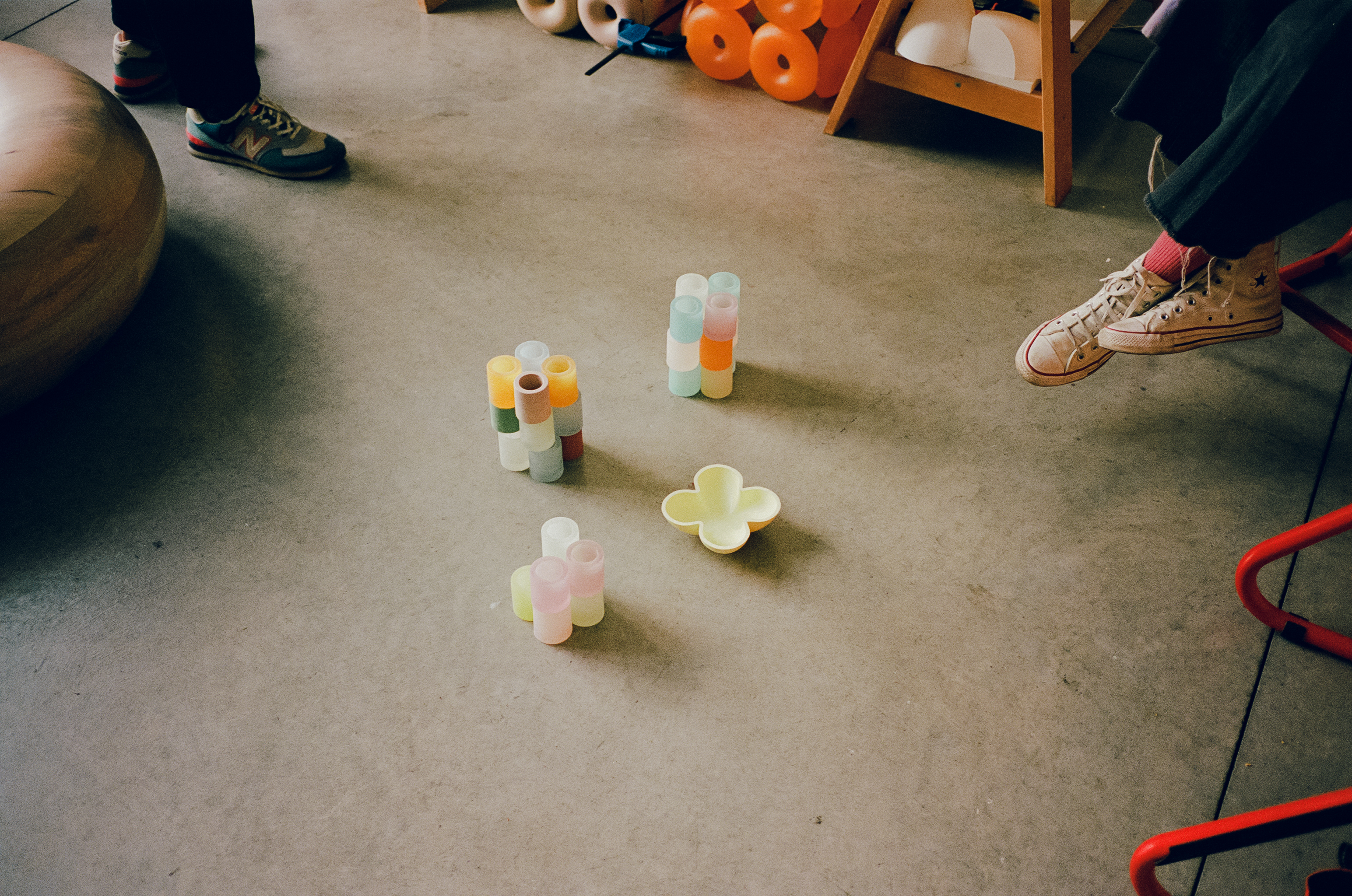
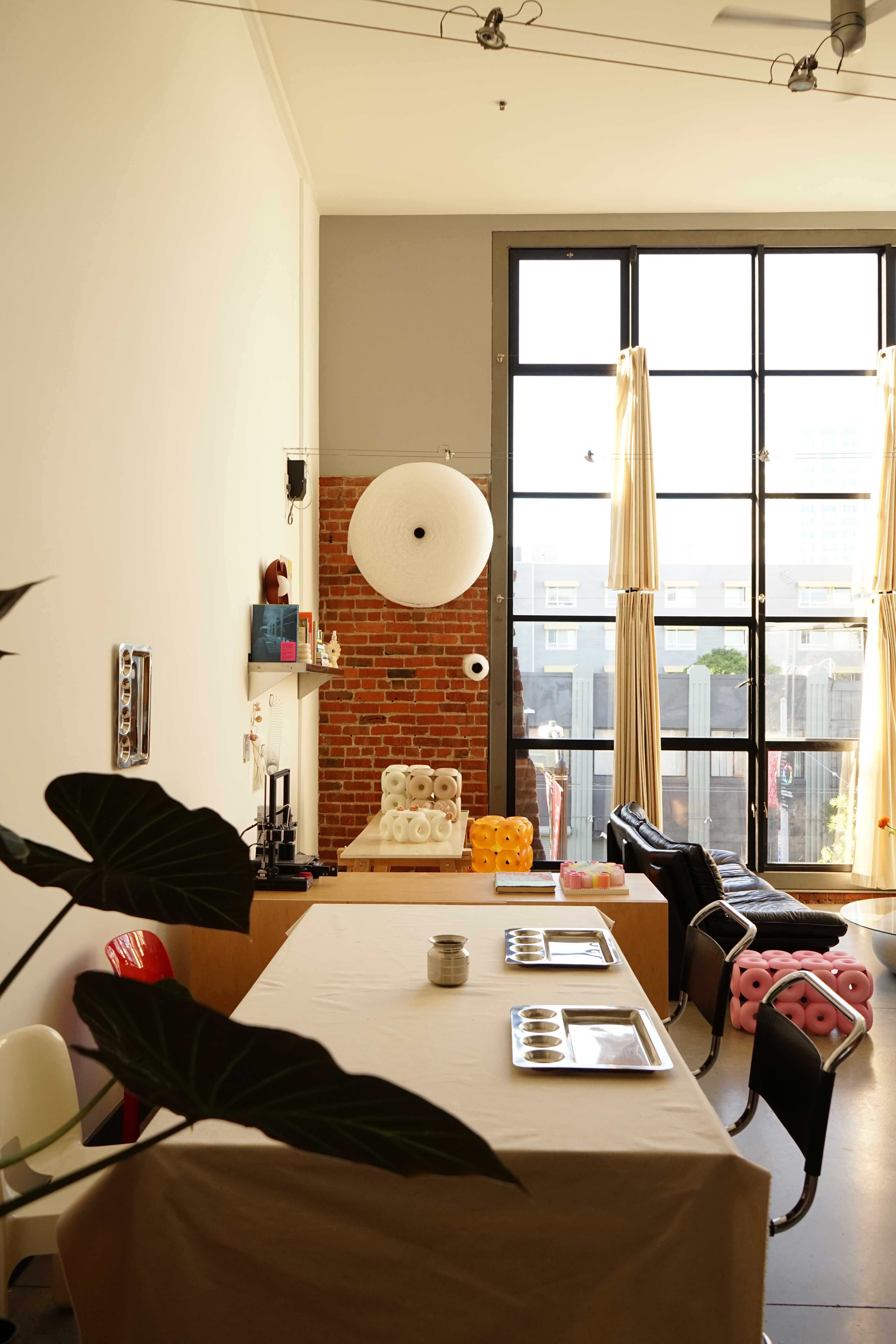
Adrian Madlener is a Brussels-born, New York-based writer, curator, consultant, and artist. Over the past ten years, he’s held editorial positions at The Architect’s Newspaper, TLmag, and Frame magazine, while also contributing to publications such as Architectural Digest, Artnet News, Cultured, Domus, Dwell, Hypebeast, Galerie, and Metropolis. In 2023, He helped write the Vincenzo De Cotiis: Interiors monograph. With degrees from the Design Academy Eindhoven and Parsons School of Design, Adrian is particularly focused on topics that exemplify the best in craft-led experimentation and sustainability.
-
 Nikos Koulis brings a cool wearability to high jewellery
Nikos Koulis brings a cool wearability to high jewelleryNikos Koulis experiments with unusual diamond cuts and modern materials in a new collection, ‘Wish’
By Hannah Silver
-
 A Xingfa cement factory’s reimagining breathes new life into an abandoned industrial site
A Xingfa cement factory’s reimagining breathes new life into an abandoned industrial siteWe tour the Xingfa cement factory in China, where a redesign by landscape specialist SWA Group completely transforms an old industrial site into a lush park
By Daven Wu
-
 Put these emerging artists on your radar
Put these emerging artists on your radarThis crop of six new talents is poised to shake up the art world. Get to know them now
By Tianna Williams
-
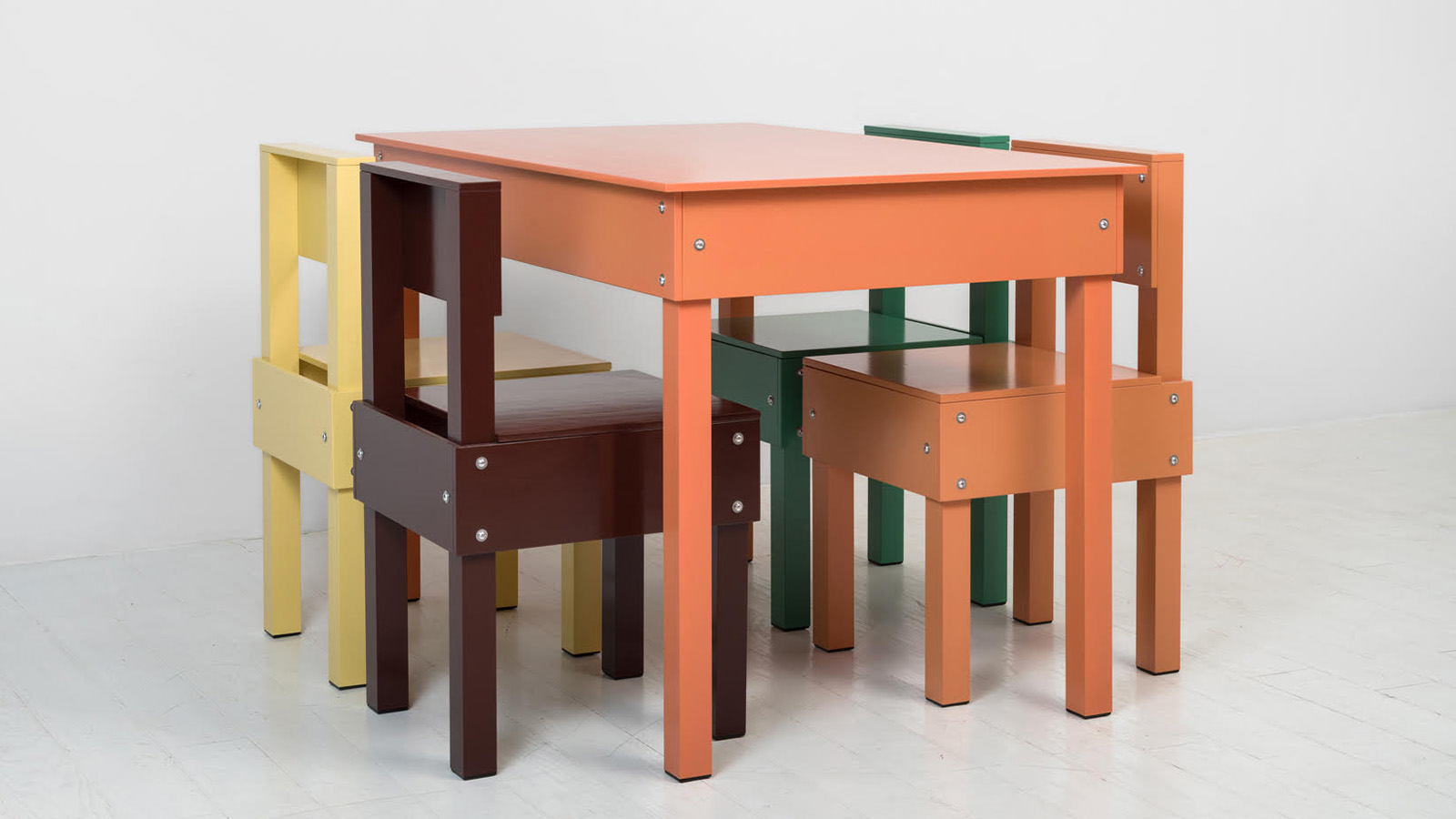 Our highlights from FOG Design + Art 2025 in San Francisco
Our highlights from FOG Design + Art 2025 in San FranciscoAt FOG Design + Art fair, 59 international galleries gathered to showcase works by emerging and established talents, from colourful furniture to sculptural lighting
By Shonquis Moreno
-
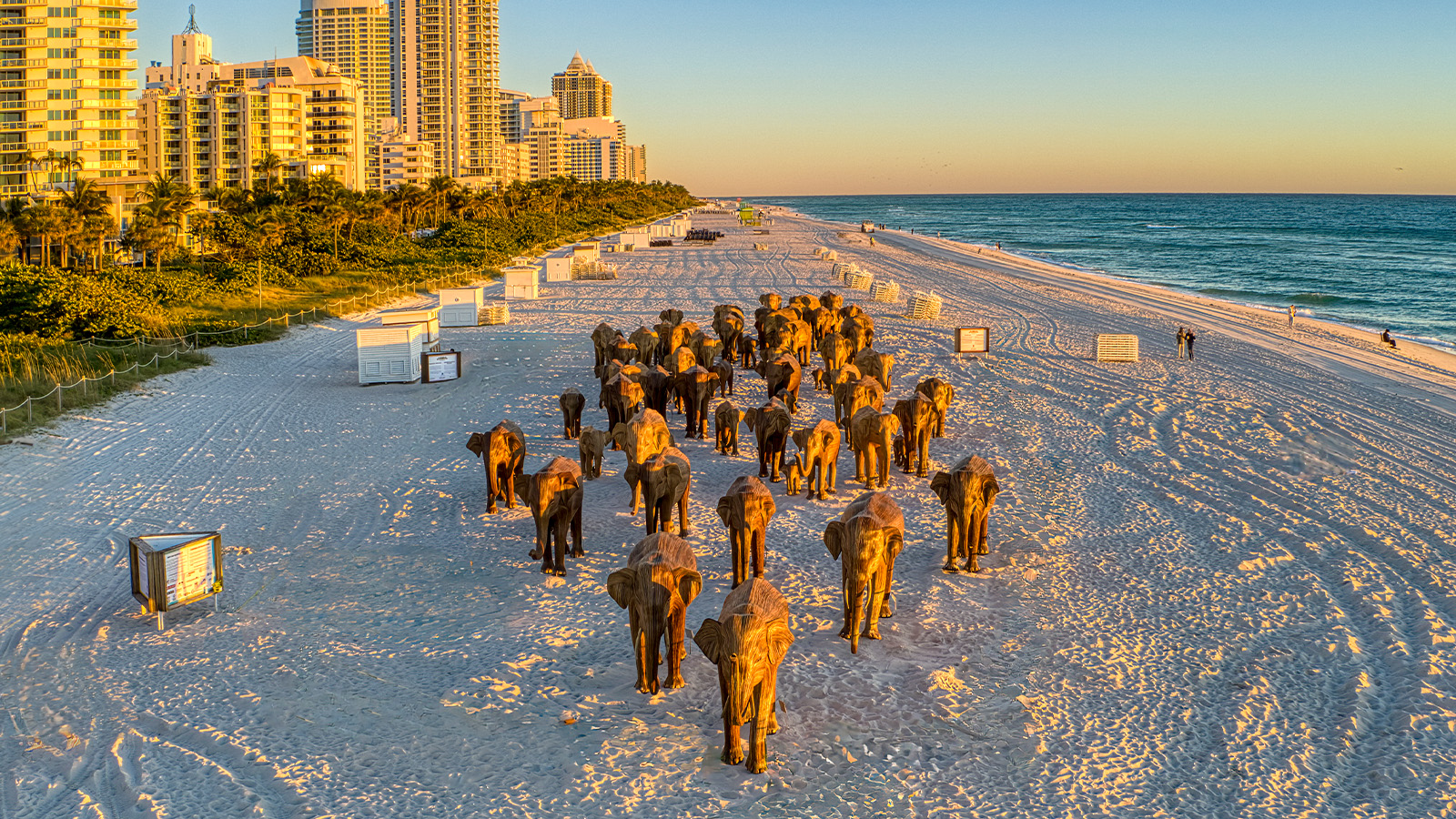 From migrating elephants to a divisive Jaguar, was this the best Design Miami yet?
From migrating elephants to a divisive Jaguar, was this the best Design Miami yet?Here's our Design Miami 2024 review – discover the best of everything that happened at the fair as it took over the city this December
By Henrietta Thompson
-
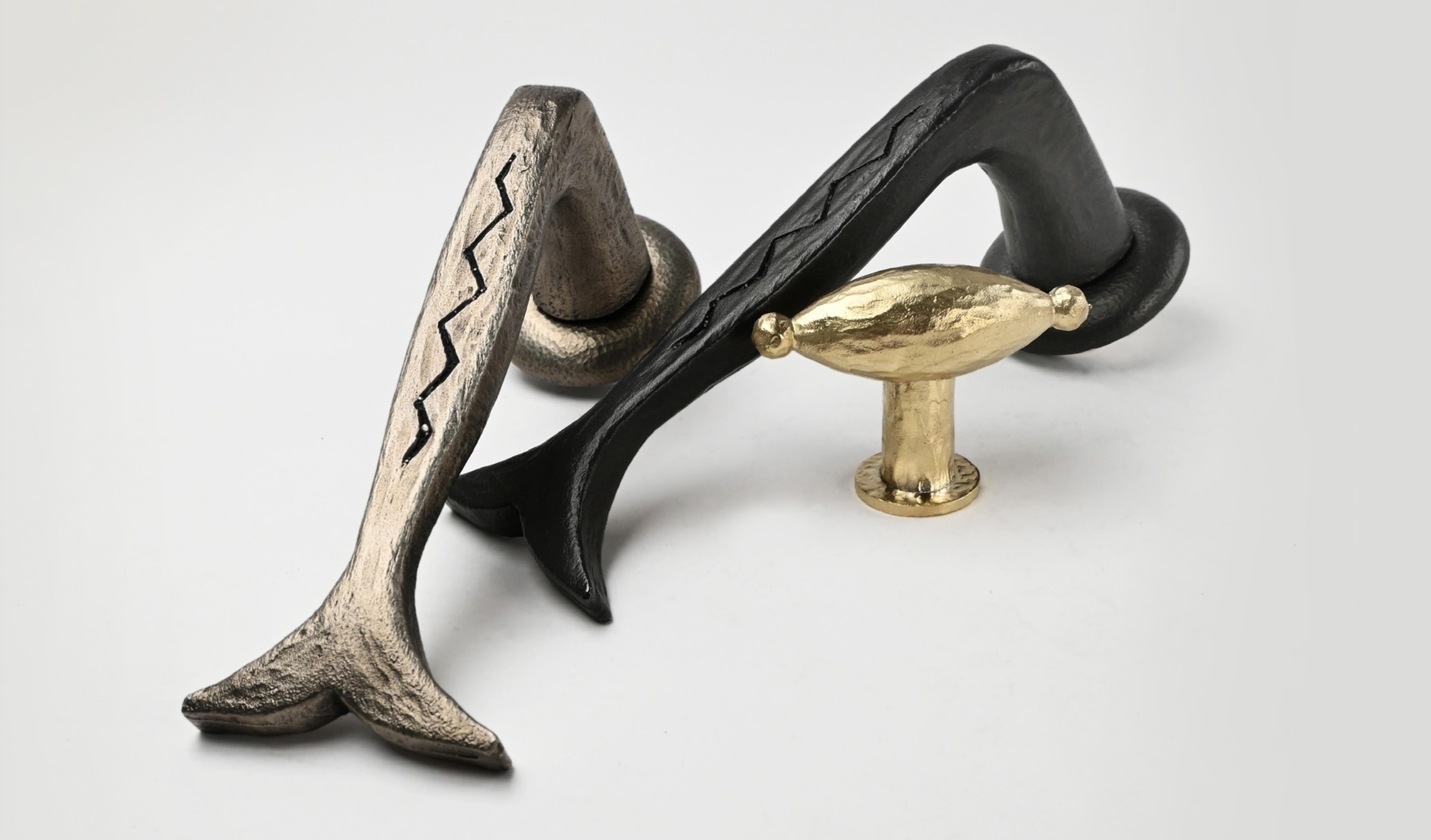 California cool: Studio Shamshiri debuts handmade door handles and pulls
California cool: Studio Shamshiri debuts handmade door handles and pullsLos Angeles interior design firm Studio Shamshiri channels the spirit of the Californian landscape into its handcrafted hardware collections. Founder Pamela Shamshiri shares the inspiration behind the designs
By Ali Morris
-
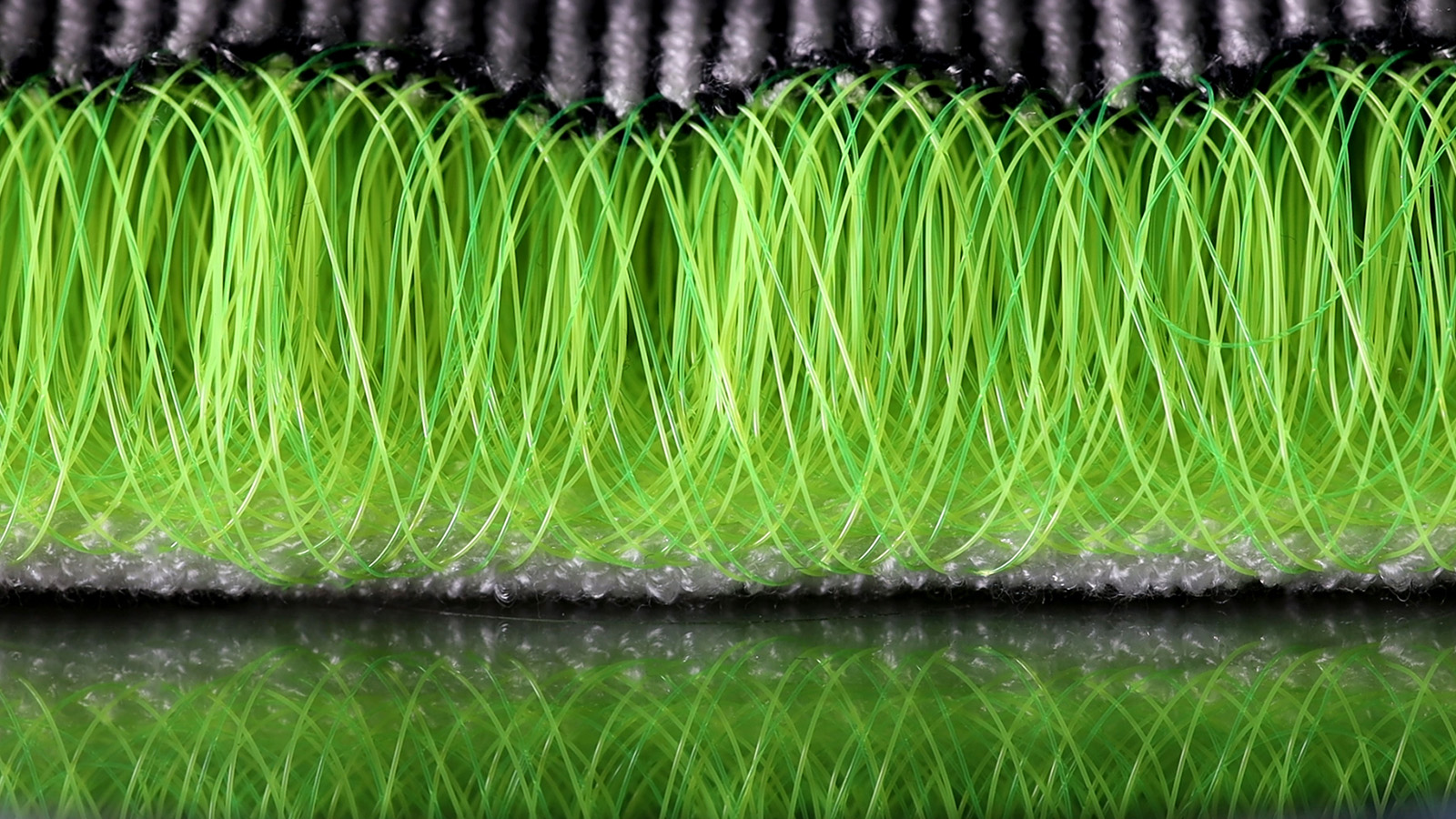 Is Emeco's 'No Foam KNIT' a sustainable answer to synthetic upholstery textiles?
Is Emeco's 'No Foam KNIT' a sustainable answer to synthetic upholstery textiles?'Make more with less' is Emeco's guiding light. Now, the US furniture maker's new mono-material textile, the 'No Foam KNIT', may offer a sustainable solution to upholstery materials
By Ali Morris
-
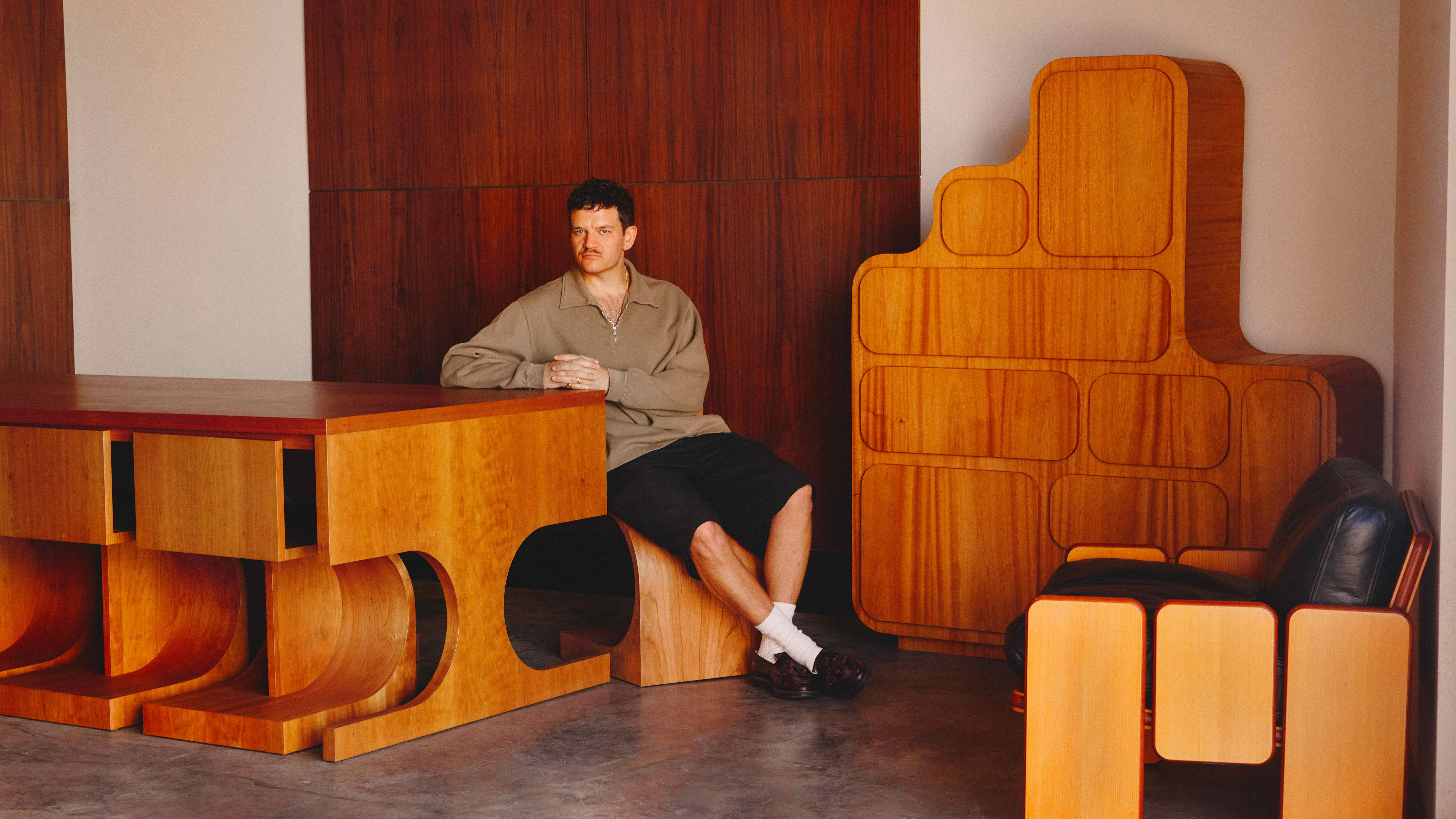 Smooth operator: Willett debuts new furniture at Design Miami 2024, with a playful touch of retro allure
Smooth operator: Willett debuts new furniture at Design Miami 2024, with a playful touch of retro allureLA furniture designer Willett turned heads in the design world with the launch of his eponymous brand earlier this year. Ahead of his Design Miami debut, he told us what’s in store for 2025
By Ali Morris
-
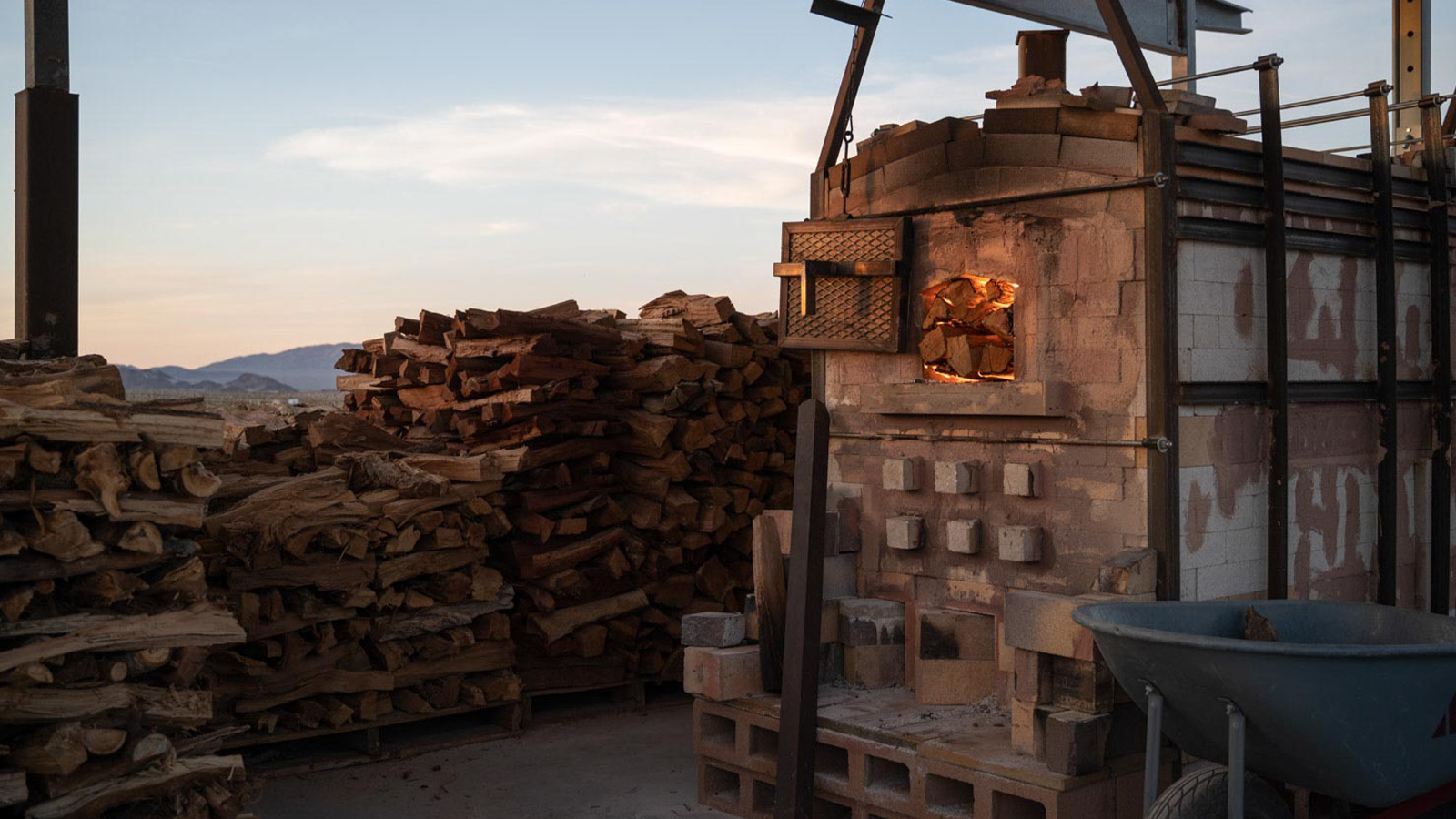 Forged in the California desert, Jonathan Cross’ brutalist ceramic sculptures go on show in NYC
Forged in the California desert, Jonathan Cross’ brutalist ceramic sculptures go on show in NYCJoshua Tree-based artist Jonathan Cross’ sci-fi-influenced works are on view at Elliott Templeton Fine Arts in New York's Chinatown
By Dan Howarth
-
 Italian designer Enrico Marone Cinzano fuses natural perfection with industrial imperfection
Italian designer Enrico Marone Cinzano fuses natural perfection with industrial imperfectionEnrico Marone Cinzano's first solo show at New York’s Friedman Benda gallery debuts collectible furniture designs that marry organic materials with upcycled industrial components
By Adrian Madlener
-
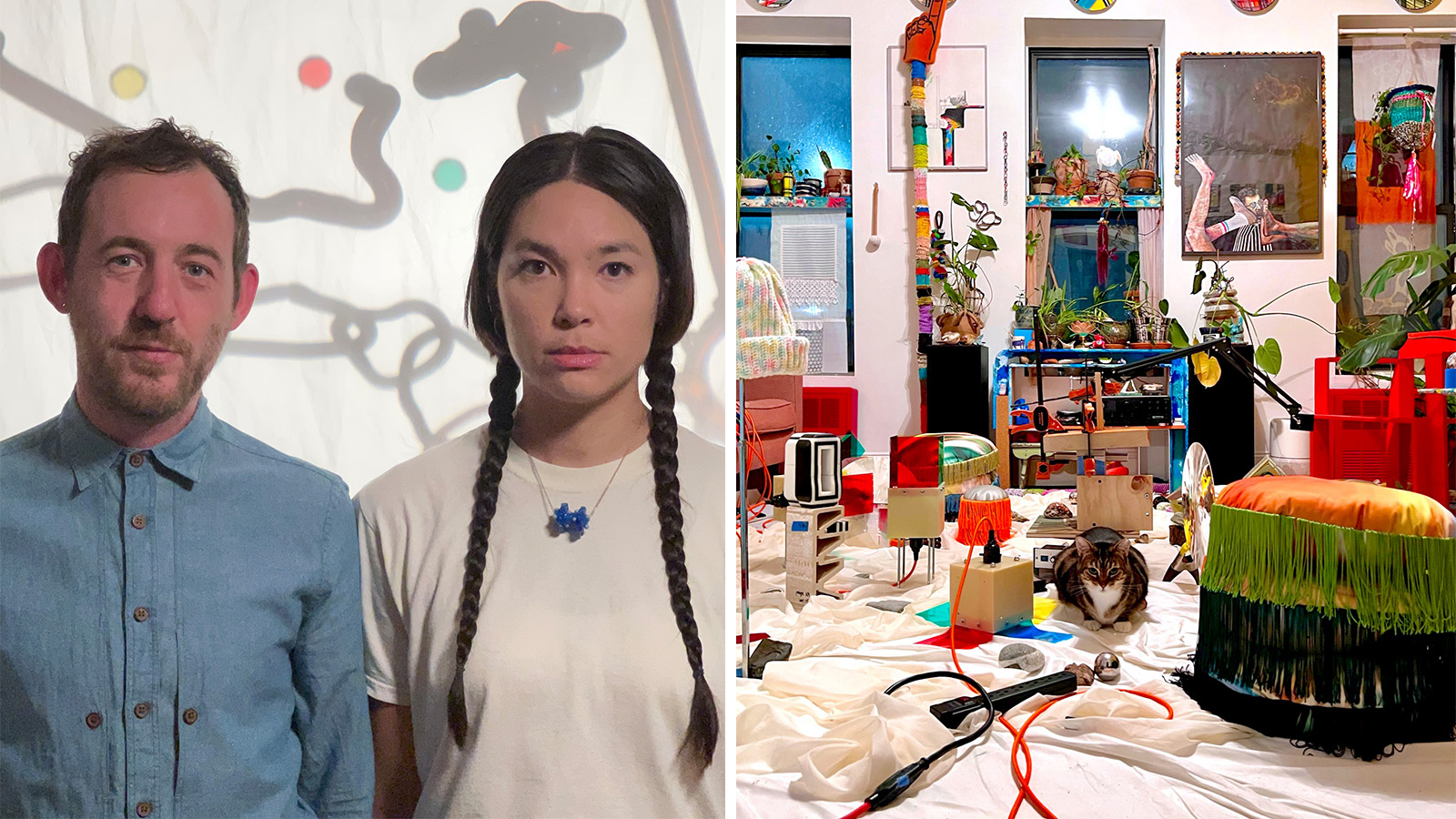 One to Watch: Brooklyn studio Outgoing gives new meaning to the idea of world building
One to Watch: Brooklyn studio Outgoing gives new meaning to the idea of world buildingLife and creative partners Brett Gui Xin and Del Hardin Hoyle from Outgoing blur the lines between craft and concept in experimental designs that have the potential for greater application
By Adrian Madlener